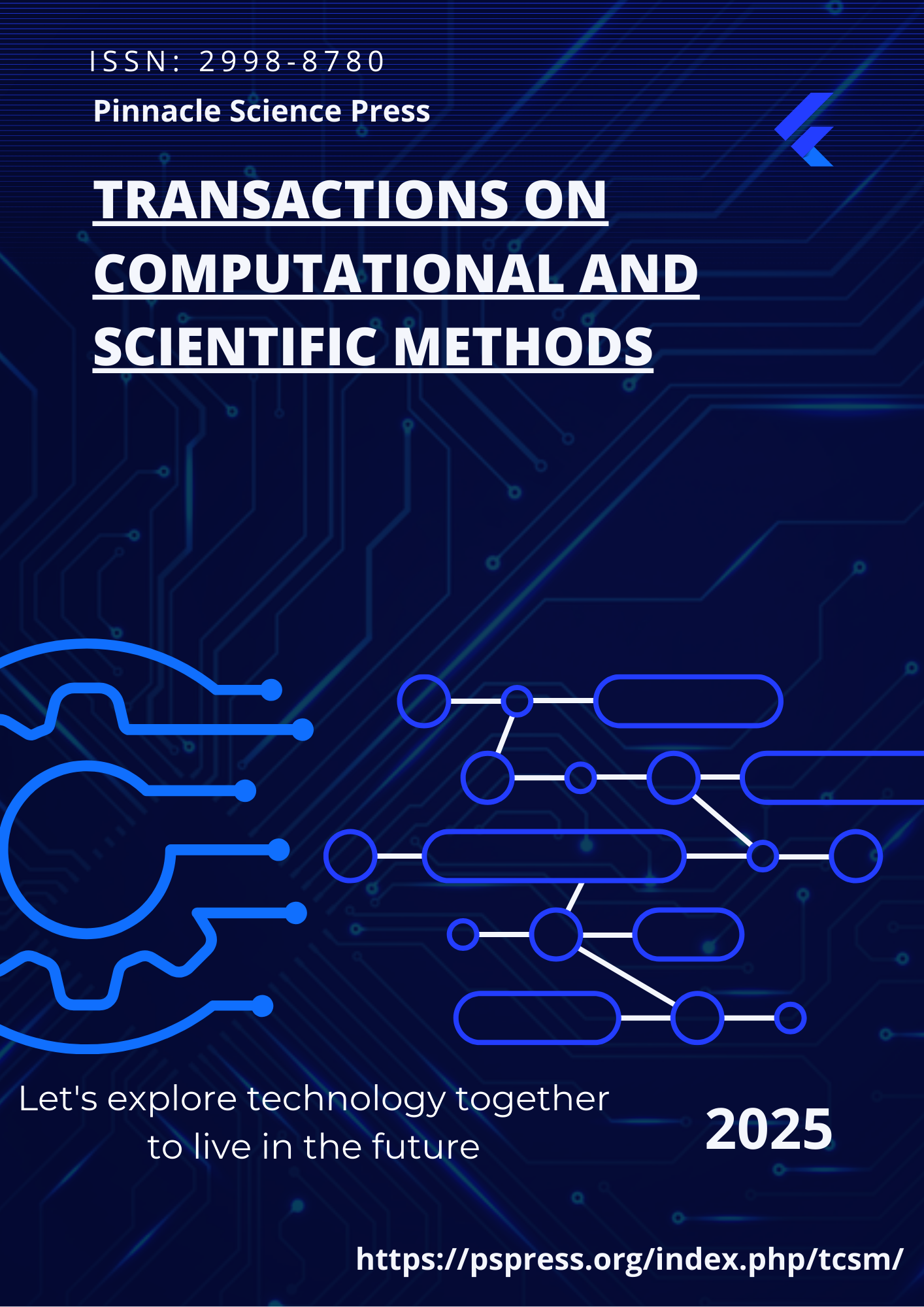Generative UI Design with Diffusion Models: Exploring Automated Interface Creation and Human-Computer Interaction

Abstract
This study focuses on generating UI interfaces based on the diffusion model, aiming to improve the human-computer interaction experience through generative models. As an emerging deep-learning technology, the diffusion model can effectively generate high-quality images by simulating the gradual introduction and removal of noise. Traditional UI design usually relies on manual design and pre-defined templates, while automated design based on the diffusion model can generate creative, structured, and diverse UI interfaces. This study uses the diffusion model to model the UI interface and generates interface elements that meet the design requirements by guiding the model from noise to clear images. The experimental results show that the diffusion model performs well in generating patterns and background parts in UI design and can successfully simulate complex layouts and visual effects. However, despite the satisfactory effect of pattern generation, the model still faces certain challenges when generating text parts in the UI interface. The text content sometimes appears unclear, blurred or garbled, which affects the readability and overall effect of the generated interface. To address this problem, future research can explore how to further optimize the model and improve the accuracy and clarity of text generation. Overall, the UI interface generation technology based on the diffusion model shows great potential, which can provide designers with new creative tools and promote the development of the UI design field. With the improvement of algorithms and computing power, the diffusion model is expected to become an important method for automated UI design, promoting further optimization and innovation of the human-computer interaction experience.